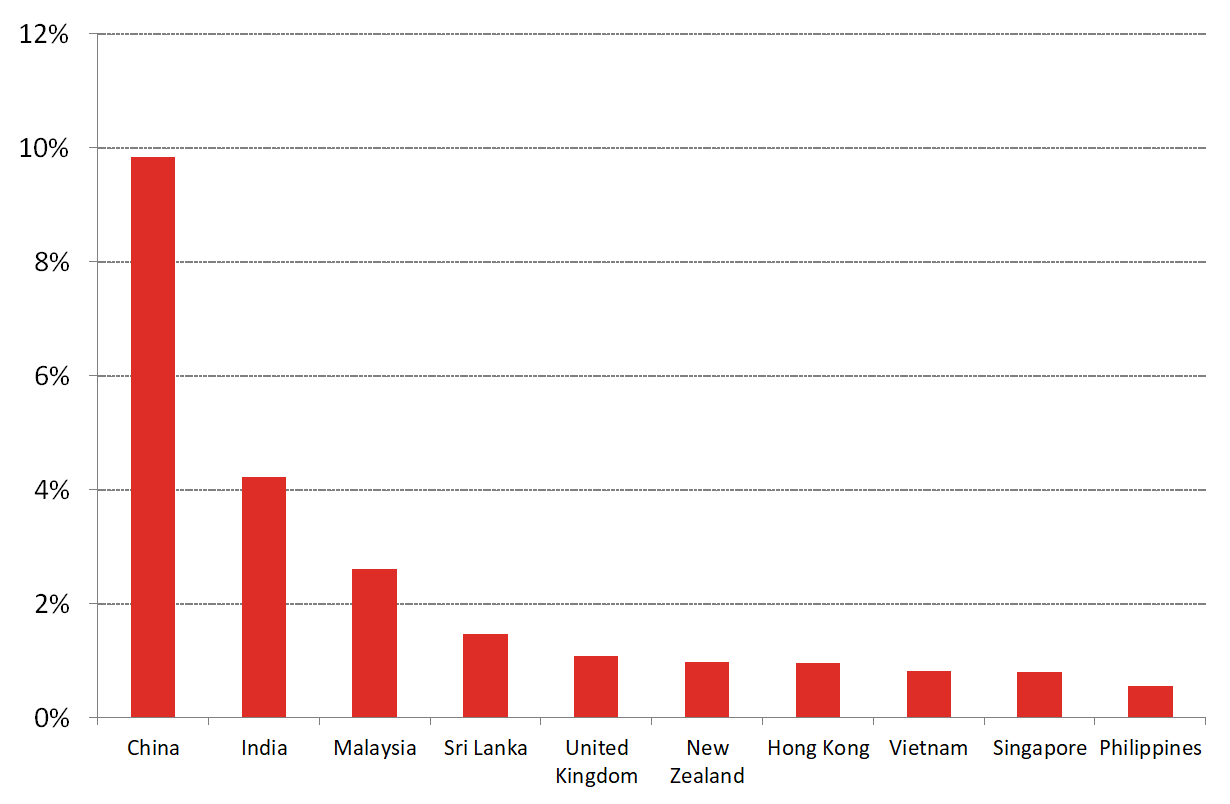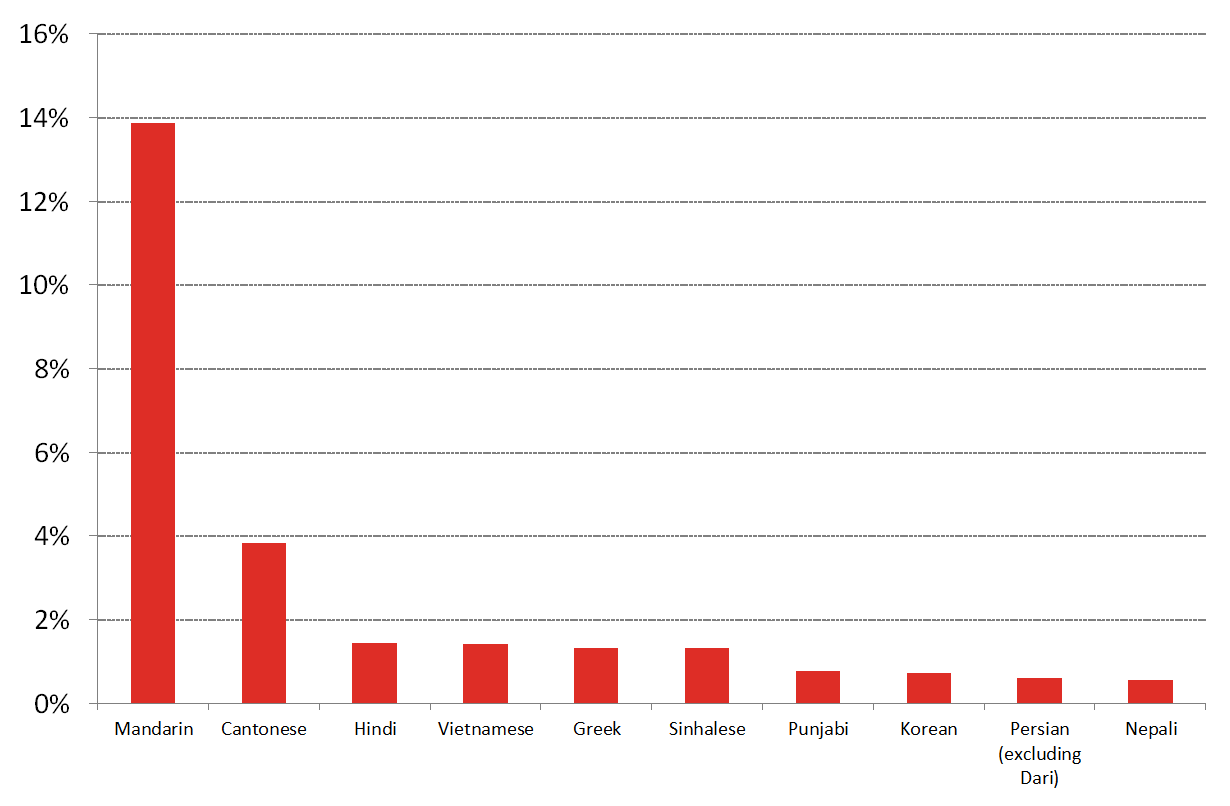This factsheet provides information about people aged 12-25 years living in the City of Whitehorse.
The ages of 12 to 25 are a period of rapid transition where young people progress from being dependent children to independent young adults. Life events and decisions made can have a significant impact on immediate and longer-term health and wellbeing. Supporting young people to explore, experience and navigate the many challenges and opportunities that present themselves during this phase of their life is an important responsibility of the entire community.
Youth Population
Young people aged 12-25 account for 18.4 per cent of the total Whitehorse population, which is comparable to the 17.3 per cent across Greater Melbourne.
Although the number of young people is forecast to grow by 12.7 per cent over the next fifteen years, the overall percentage of this age cohort will decline slightly, as even more population growth is likely to occur in the older age groups.
Location
Most young people aged 12-17 years are located in the suburbs of:
- Blackburn (9.5%)
- Mitcham (9.5%)
- Vermont (8.2%)
- Box Hill North (7.7%)
- Vermont South (7.3%)
Most young people aged 18-25 years are located in the suburbs of:
- Burwood (14.2%)
- Box Hill (12.9%)
- Blackburn (7.5%)
- Mitcham (7.4%)
- Surrey Hills (7.1%)
Diversity
A total of 26.3 per cent of young people aged 12-25 living in the City of Whitehorse were born in a non-English speaking country, significantly higher than Greater Melbourne (20.6 per cent) and Victoria (17.1 per cent). In addition, 46.3 per cent of all young people speak a language other than English at home. The most common country of birth after Australia was China with 9.8 per cent, followed by India (4.2 per cent), Malaysia (2.6 per cent), Sri Lanka (1.5 per cent) and United Kingdom (1.1 per cent).

Language Spoken at Home
Figure 2 shows the most common languages other than English spoken at home by Whitehorse young people. Mandarin and Cantonese rank highest at 13.9 per cent and 3.8 per cent respectively, followed by Hindi and Vietnamese (1.4 per cent respectively).
A total of 2.4 per cent of 12-25 year olds indicated in the 2021 Census that they spoke English ‘not well or not at all’. This is higher than the equivalent for Greater Melbourne (1.1 per cent) and Victoria (1.0 per cent).

Workforce and Educational Engagement
Engagement in employment and education looks at the level of participation in the labour market, or full or part-time education. The rate of engagement, particularly in younger age groups can be affected by access to strong employment and education markets.
Around 91 per cent of Whitehorse residents aged 12 to 25 years are engaged in education or employment, with 5.1 per cent disengaged. This is higher than the average for Victoria with 87 per cent engaged and 7.9 per cent disengaged.
Deakin University and the Box Hill Institute of TAFE attract a large number of young people aged 18-24 years into the municipality, particularly to the suburbs of Box Hill and Burwood and surrounds. A total of 49.3 per cent of 18-24 year olds in Whitehorse are attending a university, compared to 38.2 per cent for Greater Melbourne. There is a slightly lower percentage of 18-24 year old students in Whitehorse attending a TAFE compared to Greater Melbourne (7.9 per cent and 9.6 per cent respectively).
Employment
In 2021, 10,960 people aged 12 to 25 years living in the City of Whitehorse were employed, with 26 per cent working full time and 55.7 per cent part time. The ages of 15 to 24 has the highest rate of unemployment at 9.8 per cent.
Mental Wellbeing
The 2023 Victorian Population Health Survey showed that 67.1 per cent of 18 to 24 year olds in Whitehorse had experienced loneliness, and 24.1 per cent had experienced high or very high levels of psychological distress. In addition, 28.4 per cent had sought professional help for a mental health problem in the past 12 months. This was significantly higher for women (38.3 per cent) compared to men (19.6 per cent).
Sedentary Behaviour
Sedentary behaviour was measured in the 2023 Victorian Population Health Survey, which found that 26.8 per cent of 18 to 24 year olds in Whitehorse spend eight or more hours sitting on an average weekday. There was little difference between females (26.2 per cent) and males (27.3 per cent).
Links
For more information about Young People please refer to:








